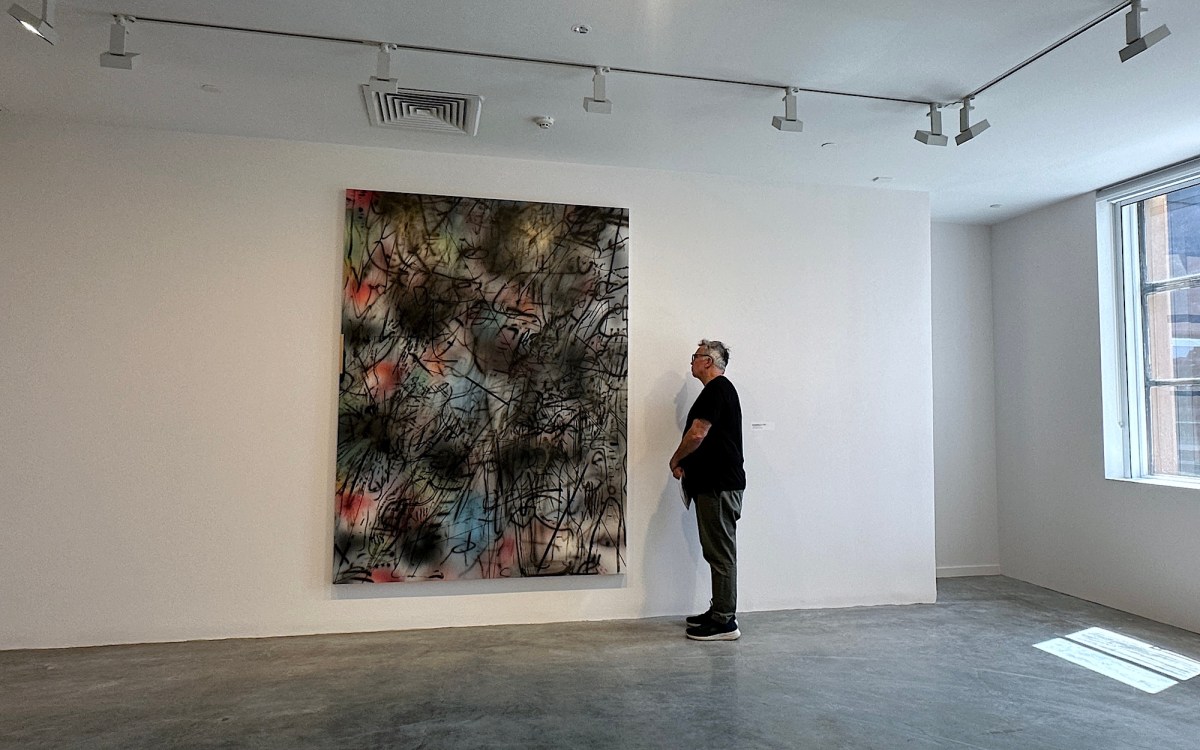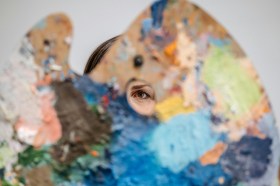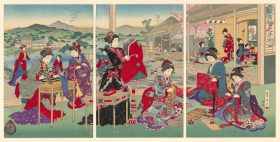You’re standing at the centre of an expansive art gallery, overwhelmed by what’s in front of you: panel after panel of stupendous works – densely-written labels affixed next to each piece. These labels may offer a window into the artist’s intention, or the social and historical context of the work.
Without any background information, how do you make the most of your visit? Do you turn to the curatorial wisdom in the accompanying text? Or can the art be experienced just as profoundly, if not more so, without any external guidance?





